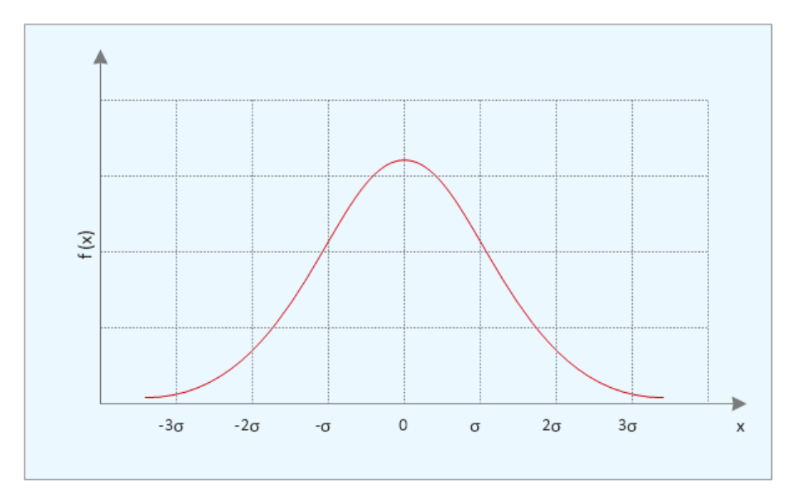| .Ask us. | .Tell us . |
Assessment for, of and as learning
When designing assessment, we really need to think about what we want students to learn, and what it is we need the assessment to do.
Assessment is fundamental to student learning, but it's not just about measuring that learning. Of course, measuring learning is important, but there can be other purposes to assessment.
In fact, not only should students learn from their assessment; assessment for learning should also inform our teaching.
The diagram below (adapted from NSW Education Standards Authority, Assessment for, as and of learning) illustrates three approaches to assessment:
- assessment for learning
- assessment of learning
- assessment as learning
Click on the circles to see more about each approach.
In a perfect course, learning and assessment would be indistinguishable: the learning would be supported by components from the assessment for, of and as learning, and the quality assurance or end accreditation would be dependent on the assessment of learning.
Assessment for learning
Assessment for learning is one element of assessment which is often neglected in teaching. It basically means that teachers use evidence about their students' knowledge, understanding, and skills to feed back into their teaching, and thus reshape their teaching approaches.
Formative assessment does this to a certain extent, but ideally, it should be formative from the point of view of both the teacher and the student.
You can see more about the principles of assessment for learning in the diagram below (adapted from the 'Assessment for learning: 10 principles' document, produced by the Assessment Reform Group in 2002).
Click on the information icons to see more detail about each principle.
Principles of assessment
Principle: Clarity
Assessment needs to support learning and measure the learning of an objective (even formative assessment). It is vital to have a clear purpose, and this purpose will form the basis of the marking rubric.
Principle: Accurate measurement
Assessment should measure performance against a fixed set of standards or criteria.
- Criterion-referenced assessment measures a student’s performance based on his/her mastery of a specific set of skills, or on the knowledge the student has (and doesn't have) at the time of assessment. The student’s performance is NOT compared to other students’ performance on the same assessment.
- Norm-referenced assessment, on the other hand, measures a student’s performance in comparison to the performance of the course or class cohort. Normative scoring is based on a bell curve. You can see an example in the diagram below: only half of the students can score above 50 percent, regardless of the quality of their submission.
Principle: Relevance and transferability
Modern university assessment is often based on a narrow range of tasks, with the emphasis on knowing rather than doing - this limits the range of skills which the students are asked to demonstrate.
Ideally, an assessment task should address the skills you want the students to develop, in the professional context in which they would be applied.
This gives the assessment a sense of 'real' purpose beyond just the abstract measuring of 13 weeks learning.
It also gives the assessment a 'real audience' over and above the marker.
Principle: Reliability
If an assessment is reliable, it is explicit in terms of the learning outcomes it is measuring and the criteria by which the student is being judged.
The assessment criteria should be sufficiently detailed to ensure uniformity of marking across multiple students, cohorts and markers.
In fact, if the criteria and marking schemes for a particular assessment are totally reliable, any number of independent markers can be given a single student's submission, and they should allocate exactly the same mark (and feedback).
Principle: Validity
A key question for assessment is ... does it measure what we want it to measure? This is the principle of validity, which requires that there be a genuine relationship between the task and the learning required to complete the task.
A valid assessment will assess the student's abilities in the exact learning outcome for which it is designed, and nothing else. For example, if an assessment asks a student to analyse, it should test whether the students can actually analyse material, not whether they can:
- describe how to analyse
- recite a rote description of an analysis
- compare other analyses
- and so on
Principle: Transparency
A transparent assessment
means that every stakeholder has access to clear, accurate, consistent and
timely information on the assessment tasks and procedures, and there are no
'hidden agendas' within the assessment.
Prior to the assessment, students and staff should know the purpose, task and marking criteria for the assessment.
After the assessment, marking processes and feedback should be visible to the relevant student.
This principle is closely aligned to the principle of reliability, and so is also an important aspect of rubric development.
Fit for purpose
In this video, Prof Sally Brown discusses the concept of 'fit-for-purpose' assessment, arguing that assessment should:
- be built in, not bolted on
- authentically assess the learning outcomes
- stimulate learning
When developing fit-for-purpose assessment, the five key questions are:
- Why are we assessing?
- What is it we are actually assessing?
- How are we assessing?
- Who is best placed to assess?
- When should we assess?
You can see a presentation from Sally which delves further into these question.
.
